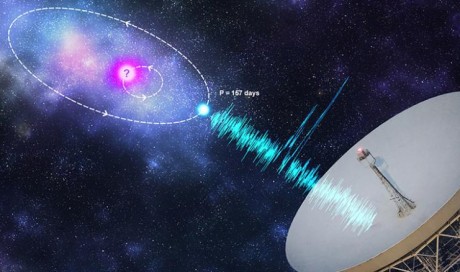The fireworks may be long gone but the first supermoon of 2018 is illuminating the skies across the world.
NASA is calling this the "biggest and brightest" one for the entire year and so far it isn't disappointing.
The phenomenon "supermoon" occurs when the moon becomes full on the same day it reaches its perigee, the point in the moon's elliptical orbit when it is closest to Earth.
Tonight’s supermoon will appear 14% bigger and 30% brighter than the July 27 full Moon, occurring at the farthest point in the Moon's orbit. Use the interactive Dial-A-Moon to see the difference in apparent size. https://t.co/s6Egk9vvTj pic.twitter.com/0a8R71FsCq
— NASA Moon (@NASAMoon) January 1, 2018
"The moon looked magnificent," said David Blanchflower, who snapped a photo of it in the United Kingdom. "Dominating the night sky with its incredible brightness. Awe-inspiring."
It was well worth waiting for the clouds to clear over Greenwich tonight! Here's the Wolf Moon - the first full moon of the year and a #supermoon - captured with a small telescope and processed in high colour for mineral reflectance. #startazing @ROGAstronomers pic.twitter.com/FVzrHddlwm
— Tom Kerss 🎄⛄️🎁 (@tomkerss) January 1, 2018
If you miss January's first full moon -- nicknamed a wolf moon -- don't worry, there's another one this month, on the 31st.
The #Supermoon rises over Washington, DC pic.twitter.com/0dHn6Ro6kN
— Chris Duncan (@CTDPIX) January 1, 2018
Time to grab your telescope and camera and go howl at the moon. Share your images of the wolf moon with CNN using #CNNWeather or #CNNSpace for a chance to be featured.
Perigee Moon. 356565Km from Earth. Taken from Newcastle upon Tyne, UK. 2154UT 1 January 2018. #supermoon #supermoon2018 #Stormhour #ThePhotoHour pic.twitter.com/uTVQbdkl94
— David Blanchflower BSc (@DavidBflower) January 1, 2018
Share This Post















